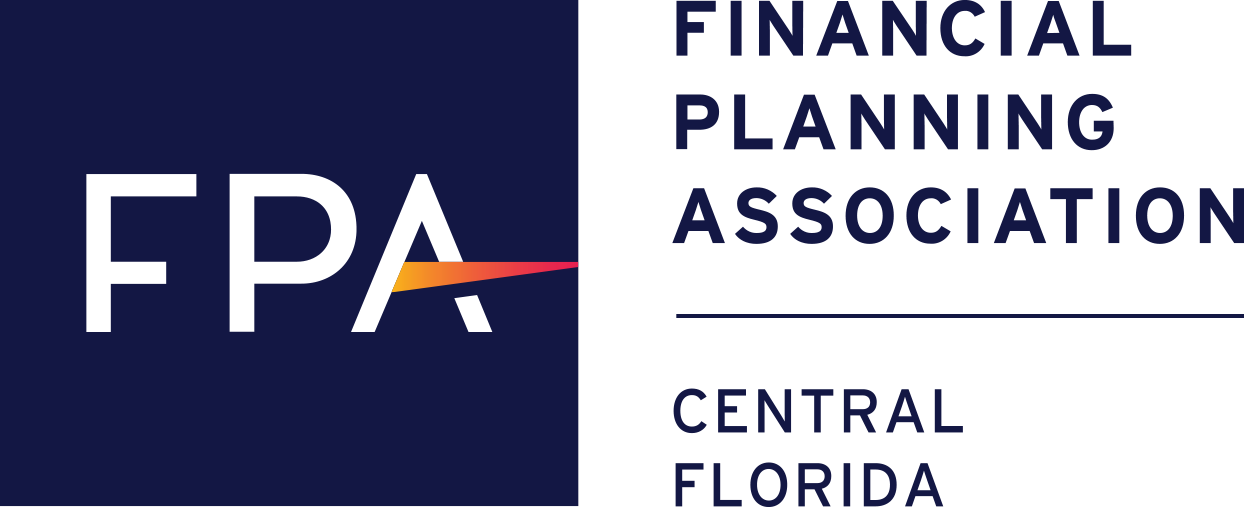
Show Me the Money: Navigating the College Financial Aid Maze
 As the cost of a college education keeps increasing, securing some form of financial aid from private and/or public sources isn’t just a luxury, it’s a necessity for many students and their families. Fortunately, from grants to scholarships to student loans, the funds to help take a bite out of ever-escalating educational costs are out there and they’re plentiful, provided you know where to look and are willing to take the time to pursue them.
As the cost of a college education keeps increasing, securing some form of financial aid from private and/or public sources isn’t just a luxury, it’s a necessity for many students and their families. Fortunately, from grants to scholarships to student loans, the funds to help take a bite out of ever-escalating educational costs are out there and they’re plentiful, provided you know where to look and are willing to take the time to pursue them.
“Knock on enough doors and there’s a good chance you’ll find money behind some of them,” says Certified Financial Planner™ David W. Demming, who heads Demming Financial Services in Aurora, OH.
Here are eight hints to help you find the money:
- Pow-wow about who will pay what. Before starting the process, suggests Demming, get all the relevant parties — student and parents/guardians, mainly — to the table for an honest discussion (or more likely, series of discussions) about what the total projected budget is for college, as well as expectations for how those costs will be shared. As a parent, how much are you willing and able to pay out of your pocket? How much debt are you willing to assume? How much responsibility to put on the student?
- Throw your hat into the FAFSA ring. This U.S. Department of Education program, the Free Application for Financial Aid (fafsa.ed.gov), is the gateway to millions of dollars in grants, scholarships, federal loans and tax breaks for undergraduate and graduate school programs. Be sure to apply early. “I would suggest filling out the FAFSA by October 1st the year before your student is entering college,” offers Jamie Bosse, a Certified Financial Planner with KHC Wealth Management in Overland Park, KS. “Several states operate on a first-come, first-serve basis when it comes to financial aid, so be sure to get everything submitted in a timely fashion and know your state's deadlines.”
A couple suggestions to help navigate FAFSA:
- Spend time on the FAFSA website to learn exactly what the process entails, the documents you’ll need for applying, and filing deadlines. To find out about recent changes to the FAFSA program, click here: https://studentaid.ed.gov/sa/sites/default/files/2017-18-fafsa-updates-students-parents.pdf.
- Be sure to file not only early but accurately, as applications with errors or omissions could be bumped to the back of line for refiling.
- Talk directly with the finance/admissions people at each school you’re targeting. Many schools offer their own scholarships and other forms of financial support, so ask the finance/admissions department for each school at which the student plans to apply. This is as much about relationship-building as it is about fact-finding.
- Don’t be shy about negotiating over a financial aid package offered by an institution. “It’s ‘Let’s Make a Deal’ time,” Demming says. “This is a negotiation.” Schools will often compete for good students (and their money), so be sure to counter-offer a financial aid package dangled by a school. It’s also wise to negotiate by using one school’s offer against another, to see if they one can beat the other’s terms. “Schools are trying to fill a seat and get as much money as they can in the process.”
- Be open to a piecemeal approach. Full-ride scholarships are scarce, while smaller scholarships and grants are plentiful. So apply for multiple smaller scholarships and grants in addition to pursuing the larger, more competitive funding opportunities. Sometimes the piecemeal approach can add up to a much lower overall college pricetag.
- Search high and low. From local businesses, civic organizations and religious groups to major state and federal programs, cast your net broadly for the many grants, scholarships, fellowships and other funding sources that are out there, many of which may go overlooked and unclaimed in a given year. Start your search on the Web at sites like finaid.org/scholarships, www.scholarships.com and www.fastweb.com. The U.S. government’s Pell Grant program (https://studentaid.ed.gov/types/grants-scholarships/pell) for low- and moderate-income students is another funding source worth investigating. Also try searching Google using the word “scholarship” or “grant” plus keywords that relate to your areas of interest, or are specific to you and your background: “scholarship” plus “accounting,” for example, or “grant” plus “African American.”
- Consider alternatives to traditional college loans. In many instances, having parents take out a home-equity line of credit on their home may be more cost-efficient than taking out a conventional college loan, according to Demming. The rate on a HELOC can be lower, he says, and the interest paid on that line of credit may be tax-deductible, unlike the interest on a college loan. The parents initially accept the credit risk, he explains, but they can assign responsibility for paying off the line of credit to the student once he or she is done with school and has the financial wherewithal to start paying down that debt on their own.
- Enlist the help of a financial planner. Funding a college education can be quite a daunting undertaking. A financial professional not only can help you weigh your options but also can offer valuable big-picture insight on how paying for a child’s college education fits into your overall financial picture. To find one in your area, visit the Financial Planning Association’s searchable national database of personal finance experts at PlannerSearch.org.
